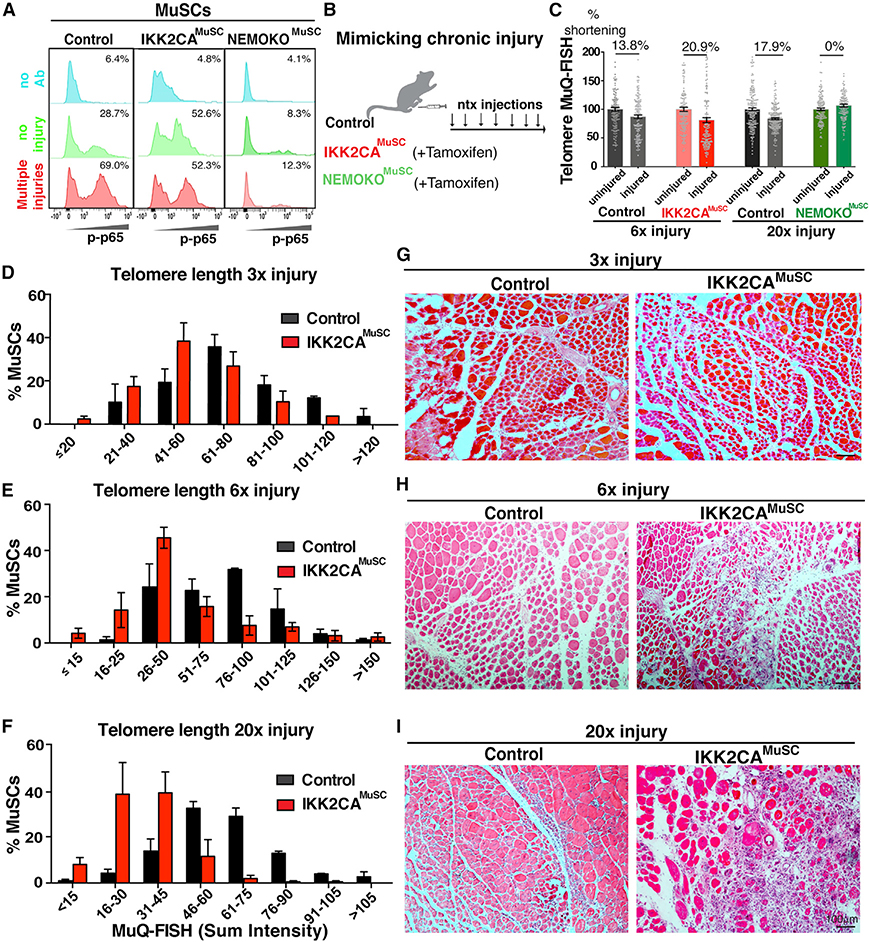Figure 2. Persistent NF-κB activation in MuSCs leads to rapid telomere shortening.
(A) p65 activation in uninjured (green plots) or injured (red plots) control MuSCs (first column), MuSCs with kinase CA of the IKK2 protein (IKK2CAMuSC, second column), or MuSCs with inactivation of the NEMO protein (NEMOKOMuSC, third column). Blue plots are technical controls with no primary antibody. Percent of cells positive for p-p65 is displayed.
(B) Experimental scheme for weekly notexin injuries to mimic chronic injury.
(C) IKK2CA-derived MuSCs had much shorter telomere lengths after 6× injury, while inhibition of NF-κB (NEMOKOMuSC) maintains telomere length even after 20× injuries. Telomere length in MuSCs was normalized to telomere length of contralateral legs. n = 3–5 mice/genotype. Percent difference was calculated between normalized means.
(D–F) Distribution of telomere lengths of MuSCs following 3× (D), 6× (E), or 20× (F) injuries. Telomeres start to shorten after three injuries in IKK2CAMuSC cells (red bars), but this reduction becomes more severe with increasing number of injuries. n = 3 mice/condition. n > 100 cells. Mean ± SEM for each bin is displayed.
(G–I) Progressive MuSC-specific telomere shortening is associated with worsened histology in IKK2CAMuSC muscles at 3× (G), 6× (H), or 20× (I) injuries. n = 3–6 mice/condition. Mice were 2 months old at the time of the first injury.

